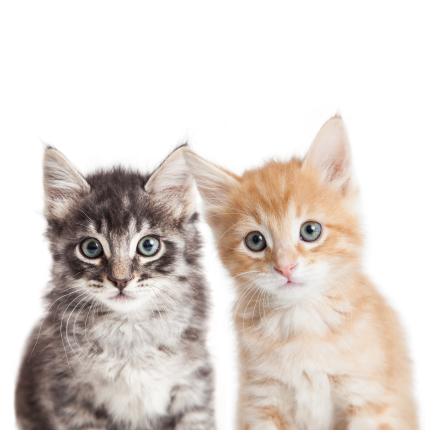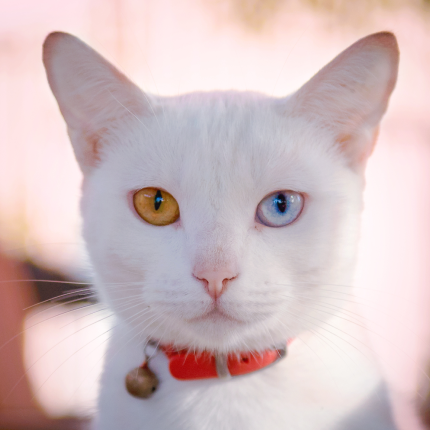Cats and Superfecundation

Did you ever wonder how kittens could look so different from each other and their mother? Sometimes a kitten will be calico, while others will be pure black. One could have short hair, and the other, long hair. Despite being from the same litter, how can they look so different? It turns out it’s possible that kitten siblings to have the same mother cat but different fathers! It’s called superfecundation.
advertisement
Wait, but how?
When a female kitty is in heat, she can breed with different males numerous times. As soon as the female’s ovaries release eggs, a process triggered by mating, the male’s little swimmers can get trapped in her reproductive tract and fertilize the eggs, leading to multiple donors. There is the possibility of various fertilizations from different sperm donors if the female releases more than one egg, which can survive for up to 24 hours.
It would be impossible to determine if superfecundation occurred if a female cat mated with a male of the same breed since the physical characteristics would be too similar. Therefore, a DNA test is the only way to confirm the parentage of a kitten.
So how can you know?
What is the telltale sign when there is more than one father in a litter? If their appearances are drastically different such as colors, shapes, and even different sizes.
Although true, littermates can look vastly different and share the same father. Cats carry dominant and recessive genes, such as blue eyes and short hair, resulting in kittens with different eye colors and fur lengths. The fact that kittens from the same litter look so different can still be a head-scratcher.
It is necessary to consider the mother cat’s lifestyle to allude to superfecundation. For example, she’s more likely to have a variety of baby daddies if she’s a stray with easy access to many tomcats while in heat; it’s more common than you might think.
advertisement
Other interesting facts about cats and pregnancy include:
- Littermates, fathers and daughters, and mothers and sons can mate; incestuous relationships between cats don’t matter in the feline world.
- In spring and autumn, cats come into the heat. When a female doesn’t mate during her heat cycle, the process begins again a week or two later. This is why March through October is considered “kitten season.”
- Females can be fertile for up to seven days or as little as one day.
- Cats have an average gestation period of 65 days.
- Females can become pregnant as early as four months old.
- It is not uncommon for pregnant cats to experience “morning sickness” like pregnant humans. As a result, there is a possibility that they will vomit or refuse to eat.
- There can be as few as one kitten or eight kittens in a litter. There are usually four kittens per litter on average.

Featured Articles

Polydactyl Cats: Just More Beans to Love
Polydactyl cats have become extremely popular in recent times. As a result, more and more people are interested in learning more about this six-toed cat and want to get one of their own. If you are a cat lover intrigued by polydactyl cats, you have come to the right place….

The Odd-Eyed Cat (AKA Heterochromia)
Cats are already beautiful and fascinating creatures, but people are bound to take notice when they have something as captivating as two different colored eyes. Odd-eyed cats always have one blue eye paired with either a green, yellow, or brown eye. This form of heterochromia occurs in other animals, including…

Greebles and Cats: The Origin and the Meaning
You may have seen an internet sensation concerning cats labeled “greebles.” Feel out of the loop? We’re here to help you. In 2019, Reddit user /user/literallyatree commented on a Reddit post about a cat that looks like it’s trying to slap a ghost. This user commented: “My family calls things…
